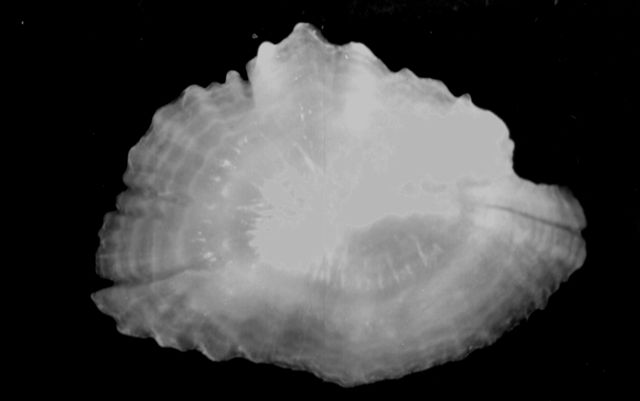Sydney: Fish ear bones and their distinctive growth rings can offer clues to climate change impact in aquatic environments, says a latest finding.

“They are beginning to be used to measure and predict ecological responses to ocean warming and climate change,” said John Morrongiello of CSIRO’s Wealth from Oceans Flagship, who led the study, the journal Nature Climate Change reports.
Millions of otoliths are archived in research labs and museums worldwide and many fish species live for decades and some, such as orange roughy, live for up to 150 years,” said Morrongiello, according to a Commonwealth Scientific and Industrial Research Organisation (CSIRO) statement.
“Their otoliths record variations in growth rates that reflect environmental conditions. Longer-lived fish and older samples take us back as far as the 1800s,” said Morrongiello.
The paper, co-authored by Ron Thresher and David Smith of CSIRO, builds on earlier research by Thresher that identified the potential of using fish ‘hard parts’, such as otoliths and deep ocean corals, to understand environmental change.
Thresher said there had already been extensive use of hard part archives from corals to reflect on climate variability, such as El Nino events, and to reconstruct environmental histories.
“Any change identified in growth and age maturity, especially of commercially-important species, clearly has implications for forecasting future stock states and the sustainable management of fisheries,” Thresher said.
– IANS
Image Credits: Reef Research Center
The opinions, beliefs and viewpoints expressed by authors, news service providers on this page do not necessarily reflect the opinions, beliefs and viewpoints of Hill Post. Any views or opinions are not intended to malign any religion, ethnic group, club, organization, company, or individual.
Hill Post makes no representations as to the accuracy or completeness of any information on this site page.


